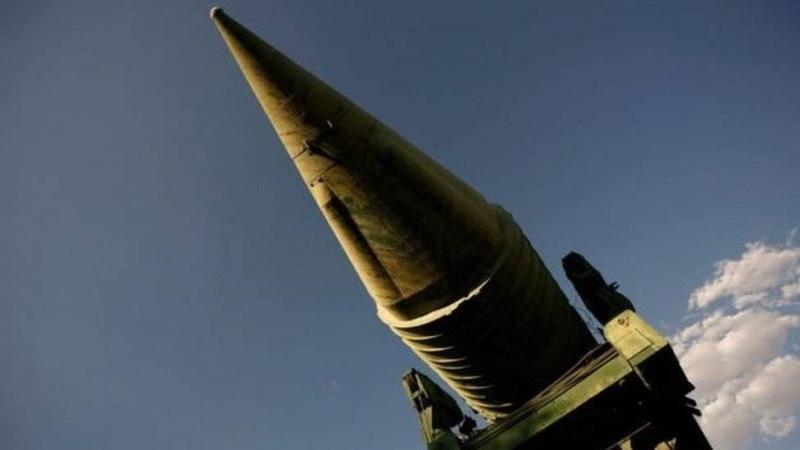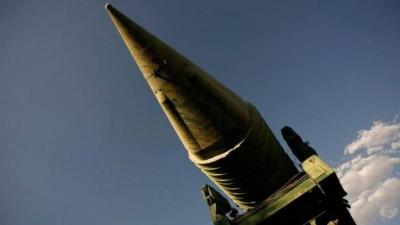On Tuesday, the Russian Ministry of Defense announced that its forces had begun the first phase of military drills ordered by President Vladimir Putin to simulate preparations for launching tactical nuclear weapons. These exercises were conducted in the Southern Military District, adjacent to Ukraine, which lends an air of new threat from President Putin and raises questions about the potential use of nuclear weapons by Russia.
According to a report from Asharq Al-Awsat, Russia may resort to using a nuclear weapon based on its military doctrine under four scenarios: 1) Receiving confirmed information about an imminent missile strike against its territory or that of its allies. 2) A state using nuclear or other weapons of mass destruction against Russian territory. 3) Any attack on Russian nuclear forces that might disrupt or incapacitate them. 4) A conventional attack that threatens the survival of the Russian state.
Moscow links these drills to what it terms "hawkish statements" from Western officials, including French President Emmanuel Macron, which they claim pose security threats to Russia. Nuclear analysts, as cited by Reuters, say that the exercises are intended as a warning signal from Putin to deter the West from further involvement in the war in Ukraine. Western countries are providing weapons and intelligence to Kyiv but are refraining from sending troops.
The Ministry of Defense stated that the first phase of the drills included Iskander and Kinzhal missiles. These missiles are less powerful than strategic intercontinental nuclear missiles, which are primarily developed for deterrence. However, the drills coincide with Western leaders supplying more weapons to Ukraine to bolster its efforts against the widespread Russian invasion that began in February 2022, particularly F-16 aircraft on which Ukrainian pilots are training in European countries.
The Russian Ministry of Defense explained that the drills include transporting missiles to a designated launch site. They aim to "maintain the readiness of personnel and equipment of non-strategic nuclear weapon units to respond to provocative statements and threats from Western officials against the Russian Federation, ensuring without condition the safety of Russian territory and sovereignty."
The Ministry also reported that troops are training to obtain "special munitions," referring to nuclear warheads, for Iskander missiles and are preparing and installing their launch vehicles, "moving covertly to the designated site in preparation for launching the missiles." Additionally, aviation units are training on installing special warheads for Kinzhal hypersonic missiles and flying in designated patrol areas.
The announced drills by Russia are focused on tactical nuclear weapons, which are smaller nuclear weapons designed to have limited geographical impact, mostly in the form of nuclear warheads mounted on ground-to-ground missiles like "Iskander" or hypersonic missiles that can be launched from aircraft like "Kinzhal." In contrast, strategic nuclear weapons are larger, more impactful, and intended to destroy entire cities, capable of being launched through various means, most notably intercontinental ballistic missiles.
Asharq Al-Awsat cites Nikolai Sokov from the Vienna Center for Disarmament and Non-Proliferation, stating, according to Deutsche Welle, that there were no Russian plans to use nuclear weapons in Ukraine, even when its forces were retreating in Kharkiv and Kherson in 2022. He adds, "Now, Russian forces have an advantage over their Ukrainian counterparts from several angles and are capturing many Ukrainian towns in the east." However, the scenario of using a tactical nuclear weapon against Ukraine may represent a solution, from the Russian perspective, to the ongoing war, at which point Ukraine would be compelled to accept Russia's terms and end the war that has lasted for over two years.




